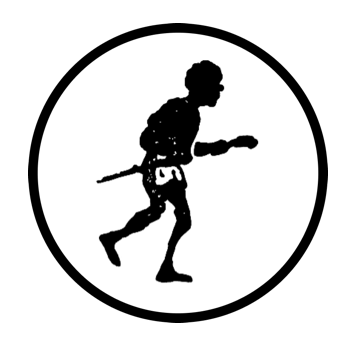
 0
0Pregnant slaves
Bett "Pregnant and within a few days of her time."

In slave systems, the bodies of enslaved people were at the entire disposal of their masters. In addition to domestic work, abuse and sexual violence towards enslaved women were widespread and made commonplace.
Appropriation by the master was absolute and the children born of sexual assault became the master’s property. As a result, reproduction was also exploited. Even breastfeeding was likely to be exploited in the Atlantic World, where many female slaves became wet nurses for the master’s "legitimate" children.
Caption: Nurse and baby, copied for Mrs. Farquharson in 1868. I-31290.0.1 © McCord Museum
The control of women’s bodies
The control of women’s bodies, particularly those of racialized women, and of their reproduction, extended well beyond slavery, and were the stuff of racist public policy. Among other indignities, the forced sterilization of racialized and Indigenous women, as well as the mandatory placement of Indigenous children in orphanages and residential schools, existed until very recently in Canada.
The notion of consent
At the top of the list of fundamental rights is a person’s right to life, security, liberty and integrity. These inalienable human rights guarantee each person the right to make decisions about their body, including their sexuality and reproduction, without outside pressure or fear of reprisals.
Consent is not valid unless it is freely given. These protections are particularly important for women, given the issues of reproductive health and freedom of choice in matters of contraception, pregnancy, and support with birthing and breastfeeding.
Human trafficking and forced sterilization
Despite these legal safeguards, human trafficking still exists, targeting racialized women and girls more specifically, and forced sterilization still occurs in Indigenous and racialized populations.
In Canada, the last cases of forced sterilization of Indigenous women were in 2018.
